
Starting June 1st, 2023 Our warehouse fee will be $0.65/cubic foot per month
In effort to lower the warehouse storage fee during inflation, we have went narrow aisle racking.This construction took us four months but the project is finally completed. With narrow aisle racking, we are able to drop storage by 24%.We as partners will go through this inflation together.
03/21/2024
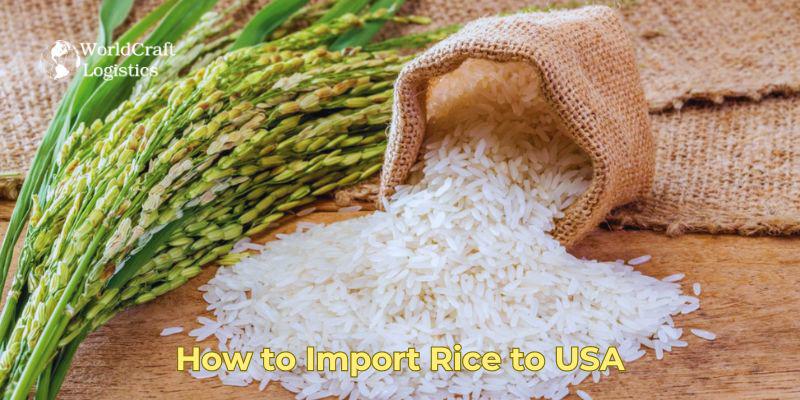
For individuals immersed in the rice sector and aiming to broaden their market presence in the United States of America, a comprehensive grasp of the rice importation procedures is imperative. Recognizing the significance of the United States with its diverse population and substantial rice consumption becomes crucial, presenting a lucrative avenue for those engaged in rice imports.
Yet, navigating through the intricate web of import regulations and rules demands dedication and time. This piece will furnish you with a systematic guide on the process of importing rice into the USA, covering everything from rule comprehension to securing reliable suppliers.
Prior to embarking on the importation process, thorough research into the import regulations is imperative. Familiarizing yourself with the guidelines established by the United States Department of Agriculture (USDA) and the Food and Drug Administration (FDA) is essential. These regulations play a pivotal role in ensuring the quality and safety of imported rice, thereby safeguarding consumers. Valuable insights into the specific requirements for various rice varieties can be found on the official websites of USDA and FDA.
Securing a reliable supplier is crucial for the success of a proficient rice import business. Seek out suppliers with a history of successfully delivering rice to the USA, demonstrating a consistent commitment to the highest quality standards. It is advisable to participate in exhibitions and trade shows, providing an opportunity to engage with potential suppliers and evaluate the superior quality of their products.
After pinpointing an optimal supplier, fostering a enduring relationship becomes crucial. Make visits to their facilities, carry out rigorous quality inspections, and mutually agree on the most favorable conditions and terms. Trust and transparent dialogue with the supplier are imperative for ensuring a seamless and efficient import process.
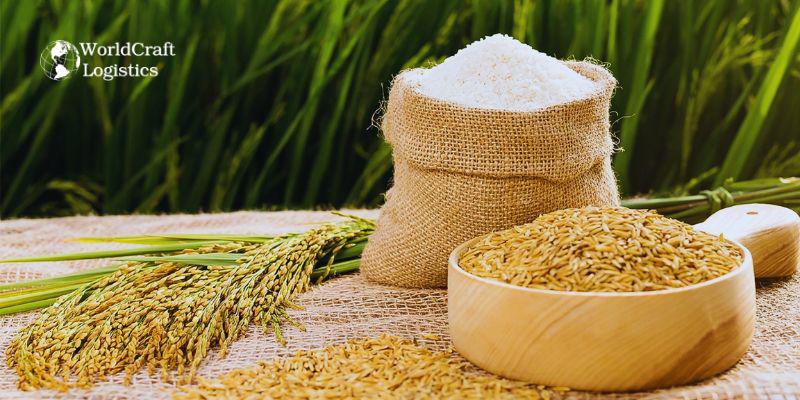
Accurate identification and packaging of imported rice hold paramount significance in adhering to US regulations. Familiarize yourself with the packaging and labeling criteria outlined by the USDA and the FDA. It is imperative to verify your supplier's strict adherence to these guidelines to mitigate potential complications during customs clearance.
To import rice into the USA, acquiring the necessary licenses and permits is imperative. Reach out to the USDA and the FDA to seek information regarding the essential authorizations for your import enterprise. Among the commonly needed permits are the USDA Rice Inspection Certificate and the FDA Food Facility Registration.
Engaging in rice imports necessitates thorough documentation. To prevent potential customs issues and delays, it is crucial to possess the necessary paperwork. Essential documents encompass the Bill of Lading, Commercial Invoice, Packing List, and Phytosanitary Certificate. Collaboration with your supplier and freight forwarder is imperative to guarantee the precision and completeness of all documentation.
Securing a dependable freight forwarder holds utmost importance when it comes to transporting your imported rice. Opt for a freight forwarder with a proven track record in handling agricultural products and a comprehensive understanding of the importation procedures. Their expertise will prove invaluable in coordinating transportation, facilitating customs clearance, and ensuring the timely delivery of your rice to the specified destination.
Collaborate closely with your freight forwarder to orchestrate shipping and customs clearance, ensuring timely payment of all necessary taxes, customs duties, and charges to prevent complications. Stay vigilant about your shipment's status and maintain regular communication with the freight broker for a seamless transfer.
Ensuring the safety of your food is paramount when importing rice into the United States. It is crucial to verify that your rice acquisition aligns with the food safety guidelines established by the FDA. Regular quality inspections and checks must be conducted to guarantee the integrity and quality of the imported rice.
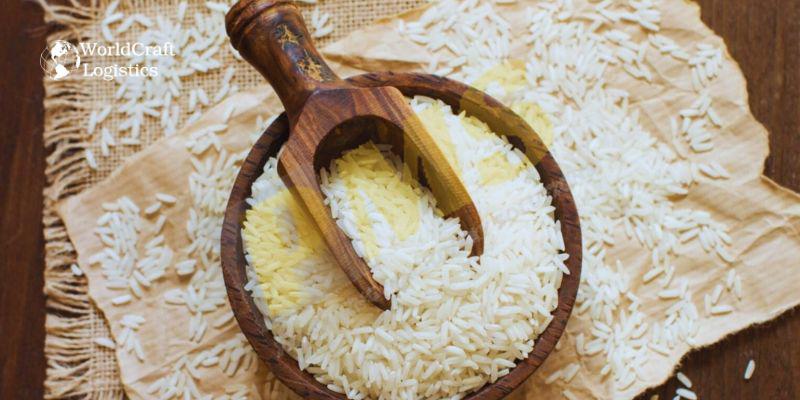
As your imported rice clears customs and stands poised for market entry, the pivotal phase of sales beckons. Develop a targeted marketing strategy aimed at enticing prospective purchasers, including restaurants, retailers, and distributors. Leverage the distinctive qualities and merits of the imported rice to captivate the interest of potential buyers.
As of August 2024, the U.S. rice trade balance is positive, driven by significant increases in both imports and exports. U.S. rice exports reached $172 million in August 2024, up from $128 million in August 2023, marking a substantial 34.6% increase in export value. Imports also rose, reaching $107 million, a 15.5% increase from $93 million in the same period of 2023. This resulted in a positive trade balance of $65.1 million for U.S. rice in August 2024.
This growth in exports highlights a demand surge for U.S. rice in international markets, even as U.S. rice faces competition from Asian exporters, who are capturing large shares of the global rice market due to lower production costs. Meanwhile, steady U.S. rice imports cater to domestic preferences for specialty varieties like jasmine and basmati rice, which are primarily sourced from countries like Thailand and India.
These shifts occur within the broader U.S. agricultural trade landscape, where the USDA has projected a significant trade deficit across agricultural products, influenced by international competition and varying production costs.
The United States imports rice primarily to meet consumer demand for specialty varieties, such as jasmine and basmati rice, which are not widely grown domestically. These varieties, popular for their distinct flavors and textures, are mainly produced in countries like Thailand and India. Additionally, importing these varieties provides American consumers with more diverse options and caters to the preferences of various cultural groups within the U.S.
Moreover, the cost of importing rice can sometimes be lower than domestic production due to differences in labor and production costs abroad. This cost-effectiveness, combined with demand for specialty types, sustains the need for rice imports in the U.S.
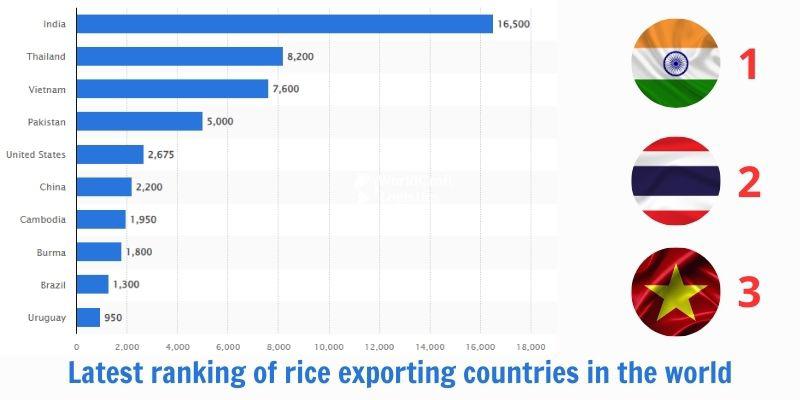
As of 2024, global rice exports have showcased steady growth, with the top exporters maintaining dominance and contributing substantially to the global rice trade.
India stands out as the largest exporter, shipping rice valued at approximately $10.8 billion annually - over a third of global rice exports. India’s stronghold is supported by its vast production capabilities and cost-competitive pricing, making it the preferred supplier for major markets in the Middle East, Africa, and South Asia.
Thailand ranks second, exporting around $4 billion in rice. Known for its premium jasmine rice, Thailand caters to high-demand markets in Asia, Africa, and North America. Vietnam follows closely, with exports worth around $2.5 billion, maintaining a stable position as the third-largest rice exporter and mainly supplying the Philippines and China.
Pakistan, despite recent climate challenges, ranks fourth with rice exports valued at approximately $2.4 billion, targeting buyers in Africa and the Middle East. The United States rounds out the top five, with $1.7 billion in rice exports annually, focusing on markets in Latin America and East Asia.
Analyzing by continent, Asia unsurprisingly leads, contributing over 76% of global rice exports by value. Europe, Latin America, and North America each contribute between 7-9%, while Africa and Oceania represent smaller shares.
Here's a snapshot of the top rice exporters based on their export values:
The overall rice export market has shown resilience and adaptation, with Asian countries dominating due to suitable climatic conditions, lower production costs, and strategic trade relationships. This stability in rice exports has been essential in meeting global food security needs, especially as demand continues to rise in developing nations.
For further details on trade figures, trends, and market dynamics, you can check updated reports from organizations like the FAO or trade databases like World Population Review and World’s Top Exports.
Here’s an organized table of the Top 10+ Trusted Rice Importers in the United States based on their contributions to the rice import market, import quantity, import value, and headquarters location. These companies play a vital role in ensuring the steady supply of rice to U.S. consumers.
| Importer | Import Quantity | Import Value | Headquarters |
|---|---|---|---|
| Trabani Foods | High | Significant | New York, NY |
| Apex Maritime Co. Inc | High | Moderate | South San Francisco, CA |
| Worldcraft Logistics LLC. | Medium | Moderate | Houston, TX |
| American Commercial Transport Inc | Medium | Moderate | Elk Grove Village, IL |
| Producers Rice Mill Inc | High | High | Stuttgart, AR |
| Archer Daniels Midland Company (ADM) | Very High | Very High | Chicago, IL |
| Sunrise Commodities Inc | Medium | Moderate | Englewood Cliffs, NJ |
| Cargill, Inc. | Very High | Very High | Wayzata, MN |
| JFC International Inc | High | High | Los Angeles, CA |
| RiceTec, Inc. | Medium | Moderate | Alvin, TX |
| Amira Nature Foods | High | High | Dubai, UAE (U.S. Operations) |
| LT Foods Americas Inc | Medium | Moderate | Cypress, CA |
| Mars Foods North America LLC | High | High | McLean, VA |
| Kohinoor Foods USA Inc | Medium | Moderate | Edison, NJ |
| California Rice Company | Medium | Moderate | Sacramento, CA |
| Miller Milling Company | Medium | Moderate | Minneapolis, MN |
| Hain Celestial Group | High | Moderate | Lake Success, NY |
These companies have established themselves as reputable rice importers, using their expertise and logistics networks to bring diverse rice varieties from global suppliers to U.S. markets. They are instrumental in meeting U.S. demand for both common and specialty rice types, supporting domestic supply chains, and adding resilience to the rice supply in the country.
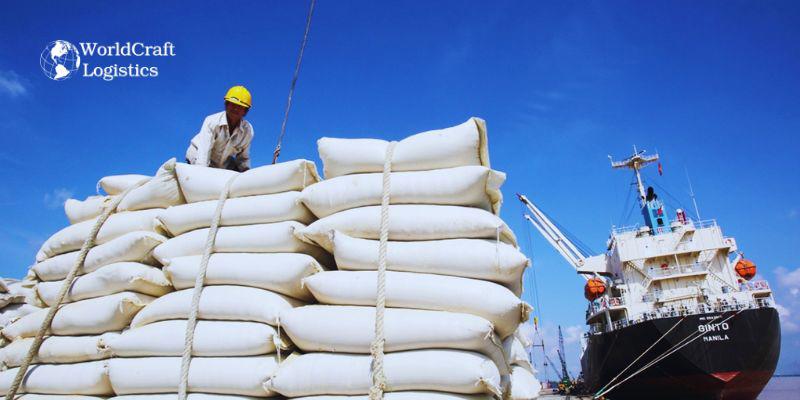
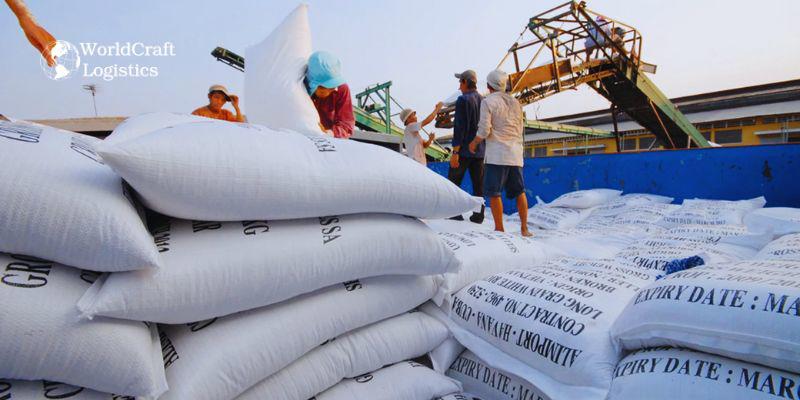
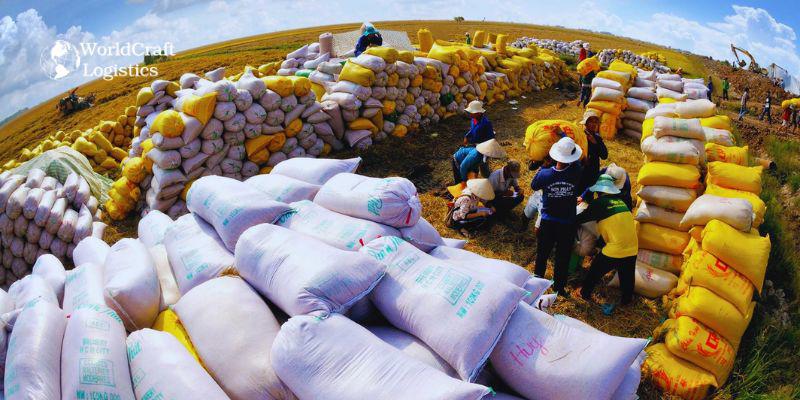
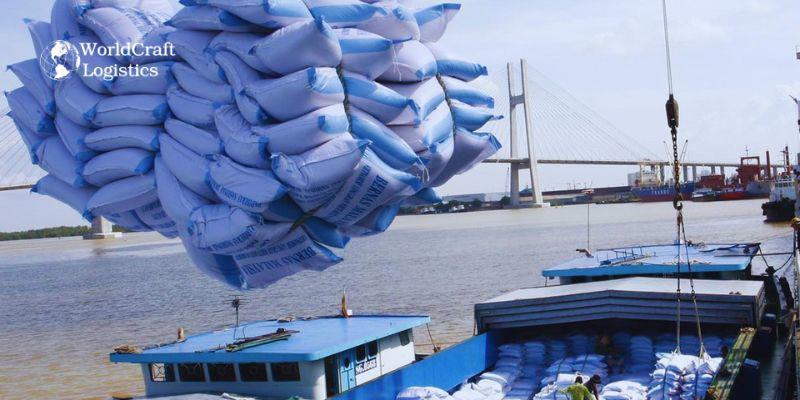
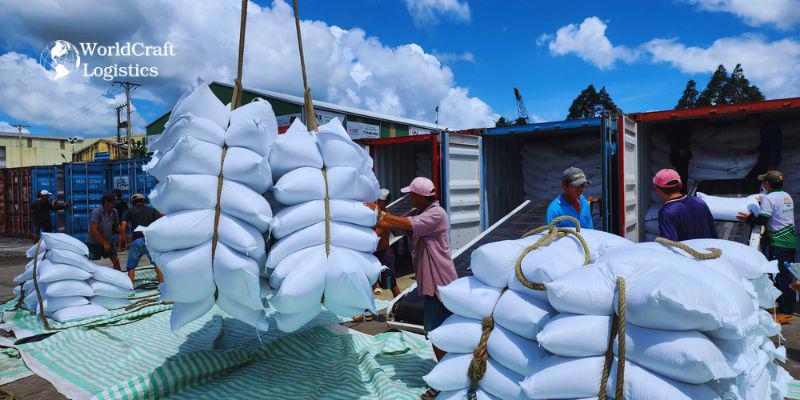
The importation of rice into the United States presents notable challenges, including grappling with intricate import regulations, identifying dependable sources, guaranteeing food safety, and contending with competition from domestic rice producers.
It is imperative to recognize that the USDA and FDA delineate specific requirements for diverse rice varieties. Ensuring adherence to these standards when purchasing rice is essential to preempt potential customs clearance complications.
The temporal dynamics of rice importation hinge on various factors, including documentation precision, customs clearance procedures, and logistical considerations. On average, the import process can span from a few weeks to several months.
While procuring rice directly from farmers is feasible, strict adherence to USDA and FDA specifications for both farmers and their products is paramount.
Importing rice into the USA presents numerous benefits, including access to an expansive and diverse market, enhanced yields, and opportunities for rice field expansion and growth.
To stay abreast of the latest rice import regulations, regularly monitor updates on the USDA or FDA websites. Joining trade associations and subscribing to pertinent publications or newsletters also facilitates staying informed.
Engaging in rice imports into the USA proves to be a lucrative endeavor for industry stakeholders. Mastery of import regulations, identification of reliable suppliers complying with food safety standards, and adherence to guidelines from the USDA and FDA are essential for successfully navigating the importation process. Establishing robust business relationships further ensures longevity in the rice import business.
SEO
Digital Marketing/SEO Specialist
Simon Mang is an SEO and Digital Marketing expert at Wordcraft Logistics. With many years of experience in the field of digital marketing, he has shaped and built strategies to effectively promote Wordcraft Logistics' online presence. With a deep understanding of the logistics industry, I have shared more than 500 specialized articles on many different topics.
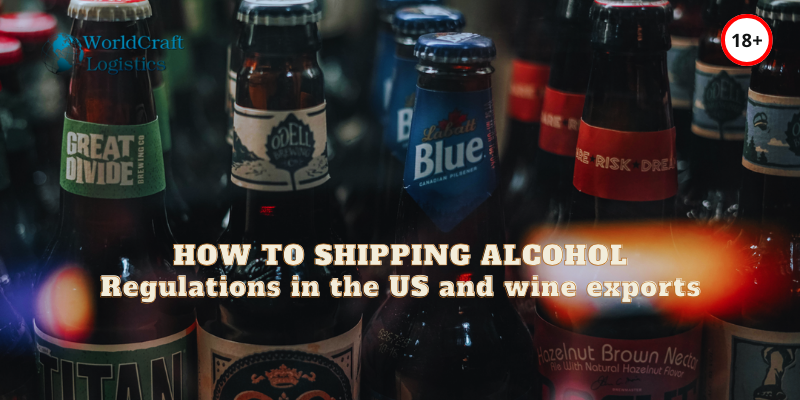
Shipping
12/21/2023
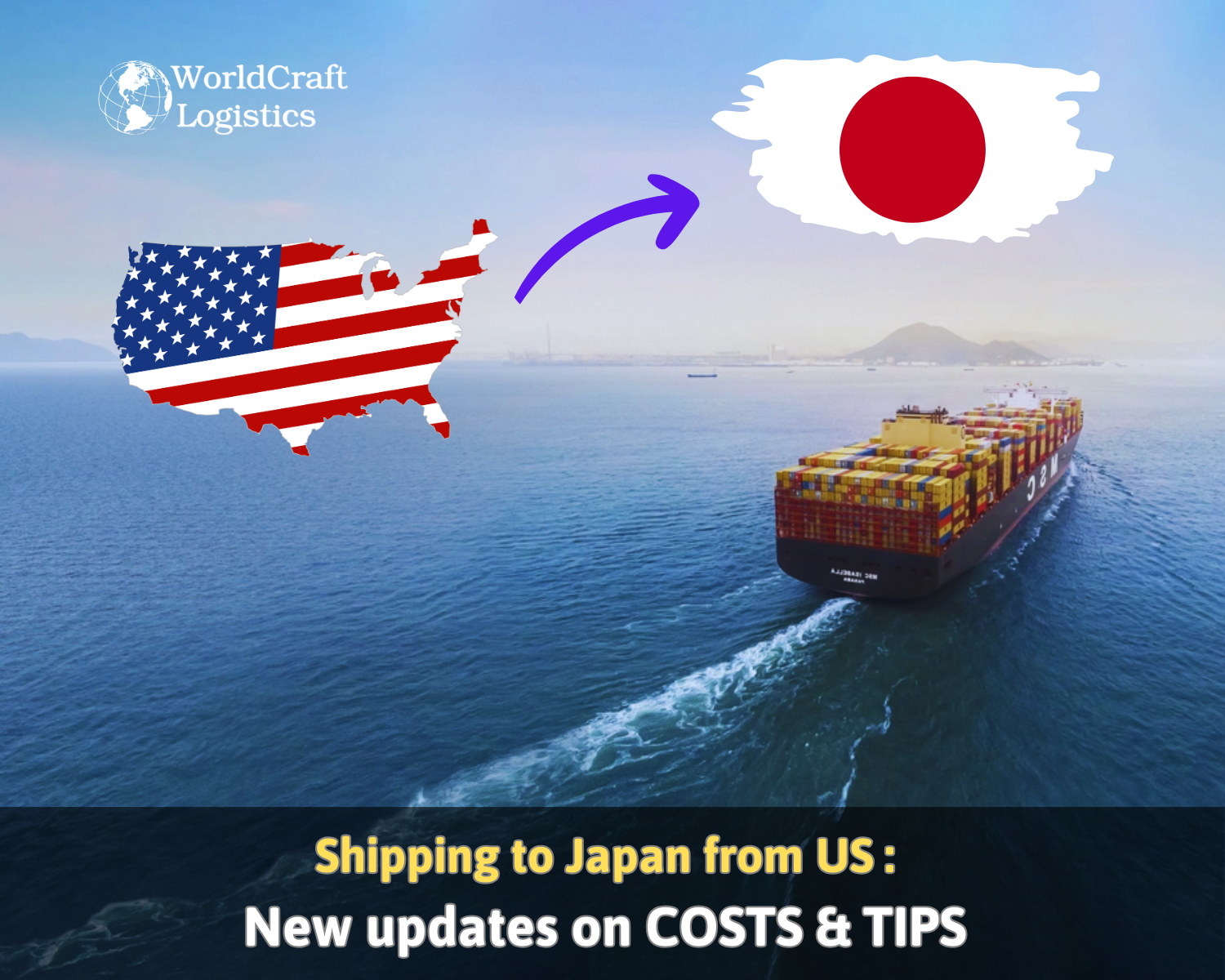
Shipping
02/28/2024

Shipping
12/24/2023
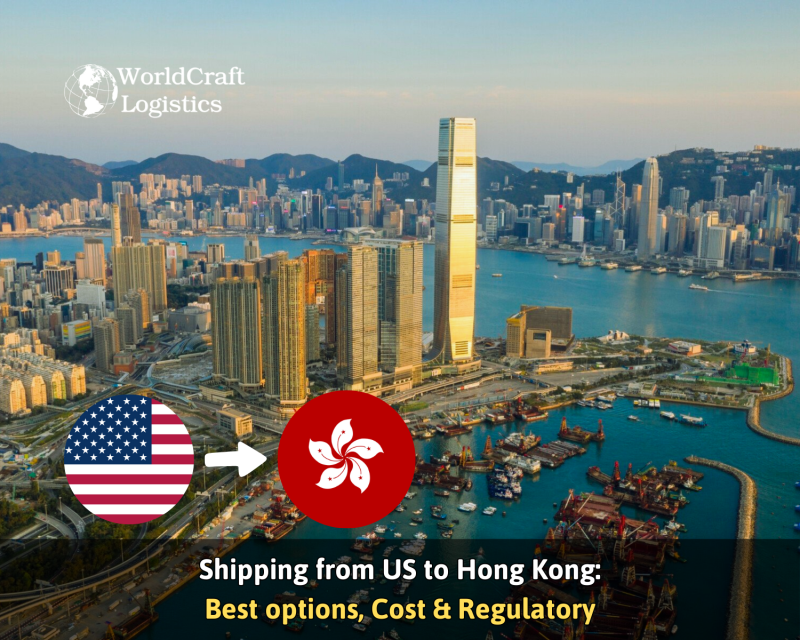
Shipping
04/02/2024

Shipping
11/04/2024